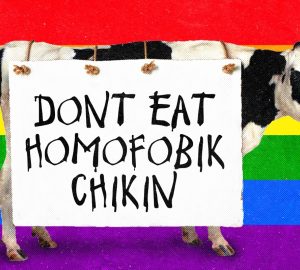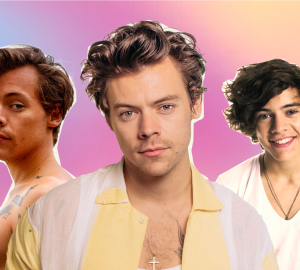Nobody is Cishet in DND: How Tabletop helps people find their identities
Attention dorks, dweebs and dungeon masters alike: chances are you probably aren’t straight. But you don’t need anyone to tell you that. The stank of Tumblr edits and Drarry fanfiction basically screams your truth. What may be surprising to some though is just how gay Dungeons and Dragons has always been. If you spend any monochrome of time in queer/nerdy spaces, chances are someone has a story about how they first dabbled with different identities in a campaign.
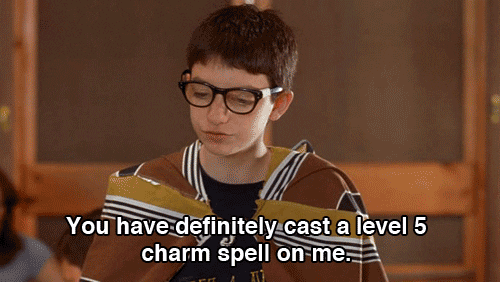
Also the fact that very few straight identifying players choose to stay straight in back-to-back campaigns. And this has been true for decades, whether we’re talking fifth edition or first. But when you really think about it, of course the gays like the game. There’s a multitude of Venn diagrams suggesting that there was no other conclusion besides the gays liking the game. Largely circling around the history of pop culture, gaming itself and the public’s views on sexual identity.
The Lore
For context the America in which DND was born into was not the same as it lives in today. Bred in 1974, the game would very much so be viewed as a thing for “nerds.” And although many of us today would wear that title with pride, in the 70s it was almost something to be ashamed of. Hmmm, what does that sound like? In truth, Nerdom has always been extremely queer. Although the creators of DND themselves, Dave Arneson and Gary Gygax, seemed to identify as straight, many of their contemporaries did not. For example, there’s Fred Patten. One of the men responsible for bringing anime to America and one of the founders of the Furry fandom, was a fan of the game. And he was also not straight.
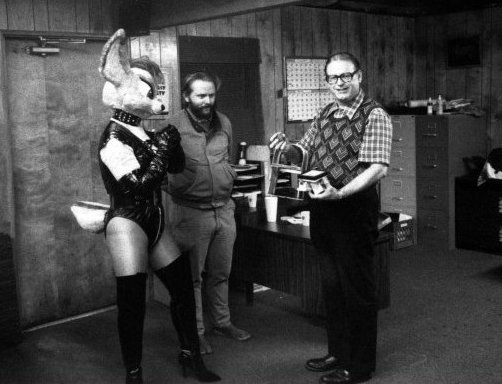
He’s one of an overflowing rainbow pool that has just continued to grow and grow over time. By the late 2000s, fandom had begun to acknowledge its queer roots, and that included DND. Going as far as to distance themselves from Gygax for his bigoted thoughts and start to incorporate LGBT coded characters into official lore, which set the groundwork for the tipping point in 2019.
The Tipping Point
2019 reportedly was the biggest year for DND and that really shouldn’t be surprising. Netflix’s juggernaut “Stranger Things” introduced it to a new generation who up until that point hadn’t heard the good news. This worked beautifully as they had come up on video game that each year were offering more and more character customization for playable characters. CC by this point was no longer viewed as inherently feminine either, straying away from game developers roots in gendered play. Many male gamers were showing intense interest in designing characters, examples being the Fallout Series and of course Fortnite. And given how male players have always made up the majority of DND’s fanbase, the translation from being a tank in a digital game to a tabletop game wouldn’t be a hard move.
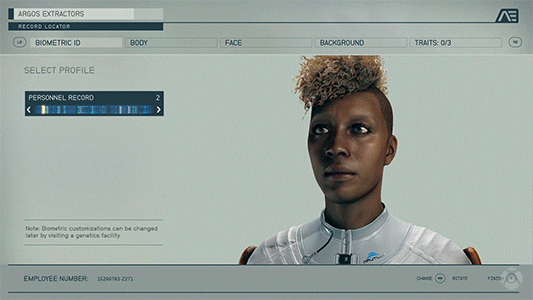
The 2010s weren’t just a a tipping point for male gamers though. As we all know, 2015 was the year of the “Transgender Tipping Point.” 2012 through 2013 were years when fanfiction writers, especially Harry Potter freaks, were getting more mainstream success online. And so as suggest earlier, given the Ven diagram of things occurring all at once, the fact that Nerdom has always been a safe haven for gays, and the fact that almost half of Gen Z identifies as somewhere in the alphabet mafia, of course the game was going to attract queers. As well as their allies, which explains why so many straight people play as queer. And also leads us to the most obvious answer.
there IS a correct way to play dnd and only gay people know what that is
— addie 🫀🪡@ anime boston (@klimtsonian) November 26, 2022
DND is a game by it’s design that almost pushes you to be anything but yourself. It is the roleplaying of all roleplaying games. A space where more times than not you can literally be anyone. So why wouldn’t players explore? Why wouldn’t players be curious? And as it pertains to this conversation, why would players choose to just be straight?





















